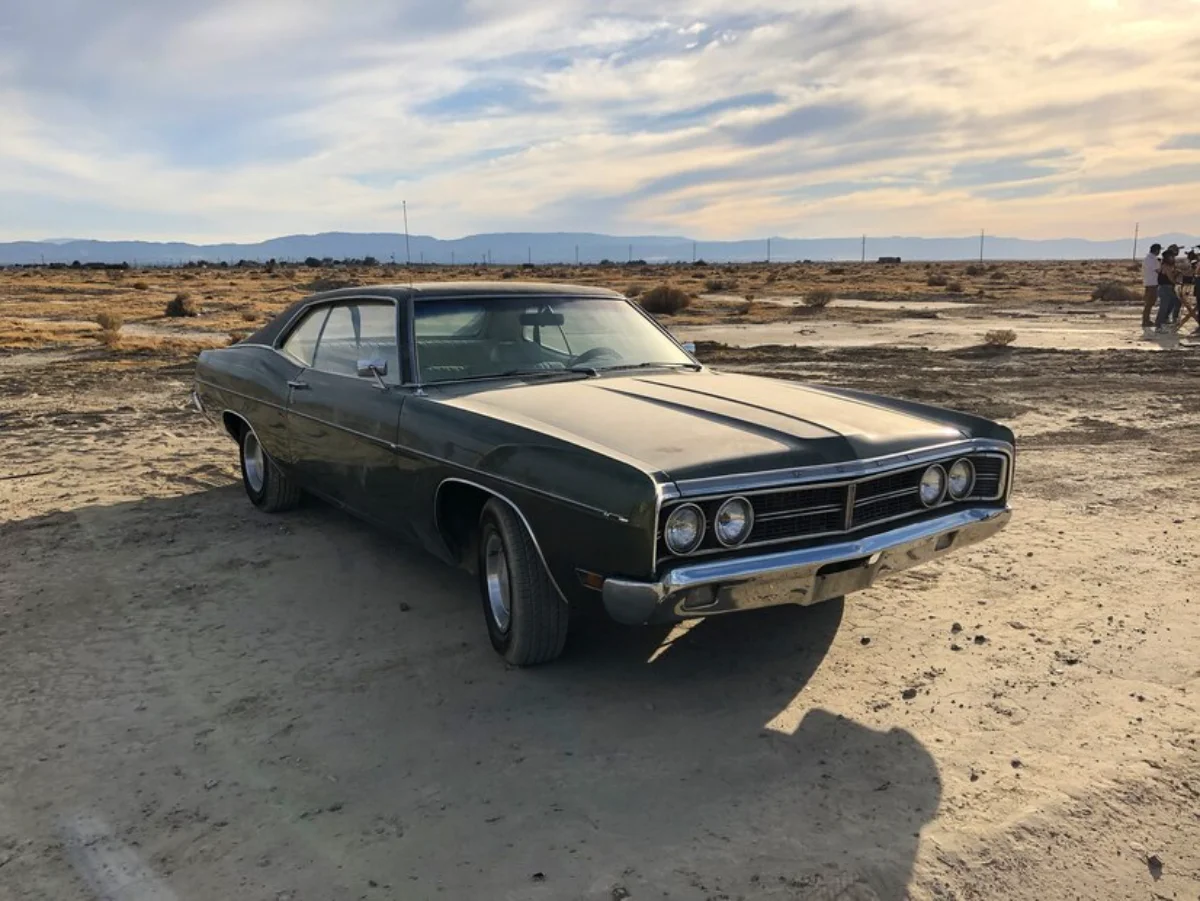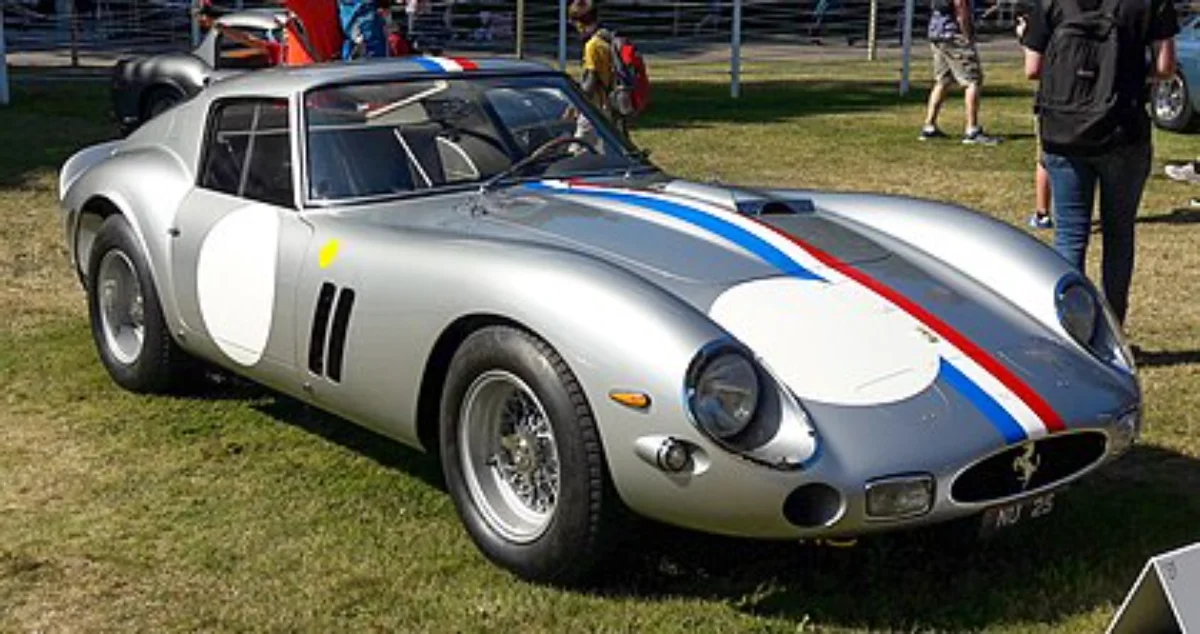
Why Classic Cars Are a Great Investment
In the investment arena, classic cars have been revved to the forefront. These vintage wonders offer historical charm and aesthetic beauty, unlike stocks or properties. They’re not just assets; they’re stories on wheels, appreciating in value over time. For collectors and enthusiasts, investing in classic cars is more than just financial. It’s a thrilling passion that can lead to big returns.
As the allure of rare automobiles grows, the collector car market gears up. Classic cars are not just old vehicles. They are valuable treasures that grow in worth and cultural importance. Whether you seek a profitable investment or desire a slice of automotive history, grasping the classic car value appreciation journey is key. In this guide, we’ll rev up your understanding of why classic cars shine as investments and how to steer through this thrilling marketplace expertly.

1. The Rising Value of Classic Cars
One key reason investing in classic cars is so attractive is their historical track record of value appreciation. Unlike modern vehicles, which depreciate rapidly, well-maintained classic cars often gain value over time.
Why Classic Cars Appreciate in Value:
- Limited Supply – Classic cars are no longer produced, making them increasingly rare.
- Growing Demand – Enthusiasts and collectors worldwide seek out iconic models.
- Cultural and Historical Significance – Cars associated with specific eras or celebrities fetch higher prices.
- Restoration and Customisation – Well-restored classics can command premium prices in the collector car market.
- Alternative Investment – Unlike traditional financial investments, classic cars provide a tangible asset that can be enjoyed.
According to Hagerty’s classic car index, many iconic models have appreciated over 300% in the past decade, outperforming traditional investments like stocks or real estate. High-profile auctions have seen record-breaking sales, with certain collector cars selling for tens of millions.

2. What Makes a Classic Car a Good Investment?
Not all vintage cars are guaranteed to increase in value. Knowing what makes certain classic cars more valuable than others is essential before entering the collector car market.
Key Factors That Influence Classic Car Value:
- Rarity – Limited production or special-edition models tend to be appreciated the most.
- Brand Prestige – Ferrari, Porsche, Aston Martin, and other luxury brands hold strong investment appeal.
- Originality and Condition – Cars with matching numbers (original engine, transmission, and chassis) are worth more.
- Market Trends – Demand fluctuates over time, so research which models are currently in high demand.
- Provenance and History – A car with celebrity ownership, racing heritage, or historical significance can command a higher price.
Before purchasing, consult industry price guides, auction results, and classic car valuation tools to assess potential classic car value appreciation. Classic cars with documented history and well-maintained originality tend to fetch the highest prices at resale.

3. Best Classic Cars to Invest In
While many vintage cars are beautiful, only a few offer strong investment potential. Here are some of the top classic cars known for their value appreciation:
High-Value Classic Cars:
- Ferrari 250 GTO (1962-1964) – One of the most valuable collector cars, with prices exceeding $50 million.
- Porsche 911 (Pre-1973 Models) – Early 911s continue to rise in value, with certain rare models fetching six-figure sums.
- Jaguar E-Type (1961-1975) – Enzo Ferrari once called it “the most beautiful car ever made,” and its market value reflects that sentiment.
- Mercedes-Benz 300SL Gullwing (1954-1957) – Iconic gullwing doors and racing pedigree make this model a blue-chip investment.
- Shelby Cobra (1962-1967) – American muscle with limited production, making it a prized collector’s item.
Affordable Investment Classics:
- Ford Mustang Fastback (1965-1970) – A classic American muscle car with consistent appreciation.
- Datsun 240Z (1969-1973) – A rising star in the collector car market, offering affordability and performance.
- Chevrolet Corvette Stingray (1963-1967) – A blend of performance and style that continues to rise in value.
- BMW 2002 (1968-1976) – A cult classic with a growing following among enthusiasts.
- Volkswagen Beetle (Pre-1975) – An entry-level classic with broad appeal and steady appreciation.
Investors should consider high-end and affordable options based on their budget and investment goals. It is often best to start with a moderately priced classic car, learn the market, and expand the portfolio over time.
4. How to Buy and Invest in Classic Cars
If you’re serious about investing in classic cars, a strategic approach is essential to maximising returns and avoiding costly mistakes.
Steps to Buying a Classic Car for Investment:
- Research the Market – Study auction results, price trends, and demand for specific models.
- Inspect the Car Thoroughly – Check for originality, rust, and past restoration work.
- Verify Documentation – Ensure the car has a clear title, service records, and matching numbers.
- Consider Professional Appraisal – A classic car expert can assess value and investment potential.
- Buy from Trusted Sources – Purchase from reputable dealers, classic car auctions, or private sellers with verifiable history.
- Store and Maintain Properly – Protect your investment with climate-controlled storage and regular maintenance.
- Monitor Market Trends – Keep track of valuation indexes and be ready to sell when market conditions are favourable.
Networking with classic car clubs and forums can also provide valuable insights and leads on the best cars to invest in.
5. Classic Car Investment Risks and How to Mitigate Them
While investing in classic cars can be lucrative, it also comes with risks. Being aware of these risks and knowing how to mitigate them is crucial.
Common Risks:
- Market Fluctuations – The economy and collector interest can change classic car values.
- High Maintenance Costs – Restoration and upkeep can be expensive, especially for rare models.
- Storage and Insurance – Proper storage and specialised insurance add to ownership costs.
- Fraud and Scams – Counterfeit parts, odometer fraud, and fraudulent sellers exist in the market.
How to Reduce Investment Risks:
- Buy a Car with Proven Appreciation – Research historical value trends before purchasing.
- Invest in Professional Inspections – Avoid costly mistakes by having the car thoroughly checked.
- Store Properly – Protect your vehicle from rust, damage, and theft.
- Spread Out Your Investments—Avoid putting all your money into one car; consider a mix of options.
Conclusion: Are Classic Cars a Smart Investment?
Buying classic cars can bring you money and joy if you love cars. Classic cars are more than just investments. They bring joy from ownership and can also increase in value over time.
Success in the collector car market requires research, patience, and smart choices. Investors can build a fun and profitable classic car portfolio by choosing the right cars, keeping them in good shape, and following market trends.
Are you considering investing in a classic car? Share your thoughts and experiences in the comments below!


